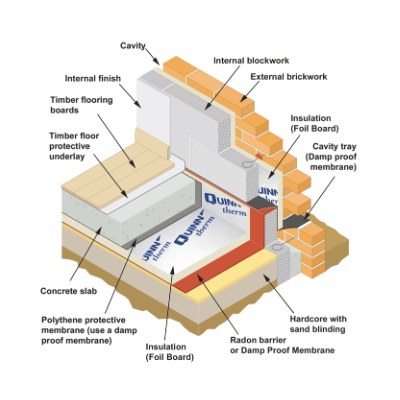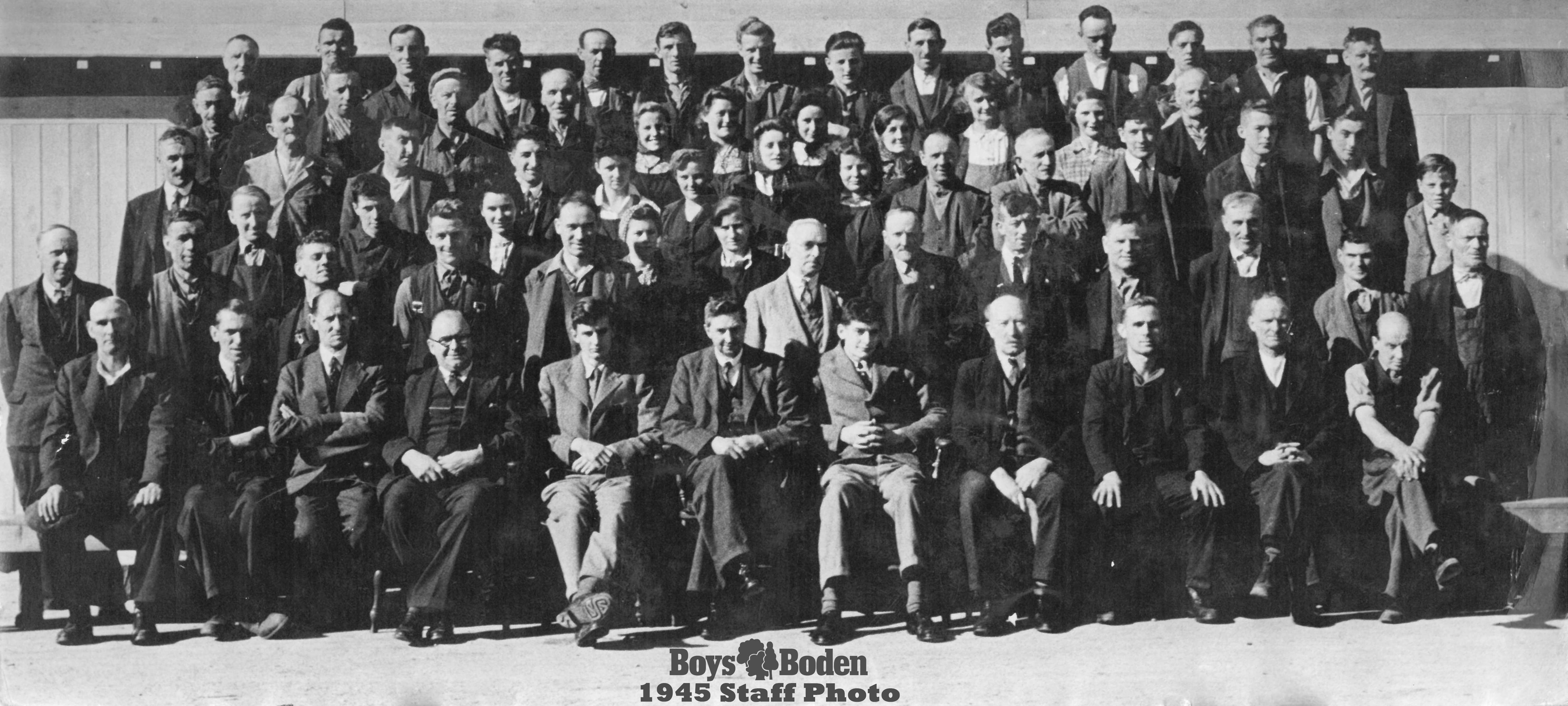benefits of insulating floors below ground bearing concrete slabs
By adding insulation below ground bearing concrete slabs, you are able to provide low-level heating, gradually warming the thermal mass of the concrete and maintaining its temperature consistently.

installation
Here are some steps you can follow to insulate a floor below a ground-bearing concrete slab:
1. Clear the area: Clear the area of any debris, rocks, or other obstructions that may be present.
2. Prepare the surface: The surface of the concrete slab should be cleaned and levelled. Any cracks or unevenness should be filled with concrete.
3. Install a vapour barrier: Before installing insulation, it's important to install a vapour barrier to prevent moisture from penetrating the concrete slab. A polyethene or other suitable barrier material can be laid directly on the concrete.
4. Install insulation: Rigid foam insulation is a good choice for insulating below a concrete slab. Cut the insulation boards to fit between the perimeter of the slab and any obstructions, such as pipes and ducts. Place the insulation boards tightly together and tape any joints between the insulation boards to prevent air infiltration.
5. Install a radon barrier: If you live in an area with elevated radon levels, it's important to install a radon barrier. This barrier can be a layer of plastic sheeting installed on top of the insulation.
6. Install a subfloor: Once the insulation and vapour barrier is in place, a subfloor can be installed. This can be a layer of plywood or oriented strand board (OSB) that is glued and screwed to the insulation.
Insulating floors below a ground-bearing concrete slab can be a challenging job, and it's important to take safety precautions when working with insulation materials. Wear protective clothing and a dust mask, and make sure to follow the manufacturer's instructions for installation. If you're not comfortable doing the work yourself, consider hiring a professional insulation installer.







